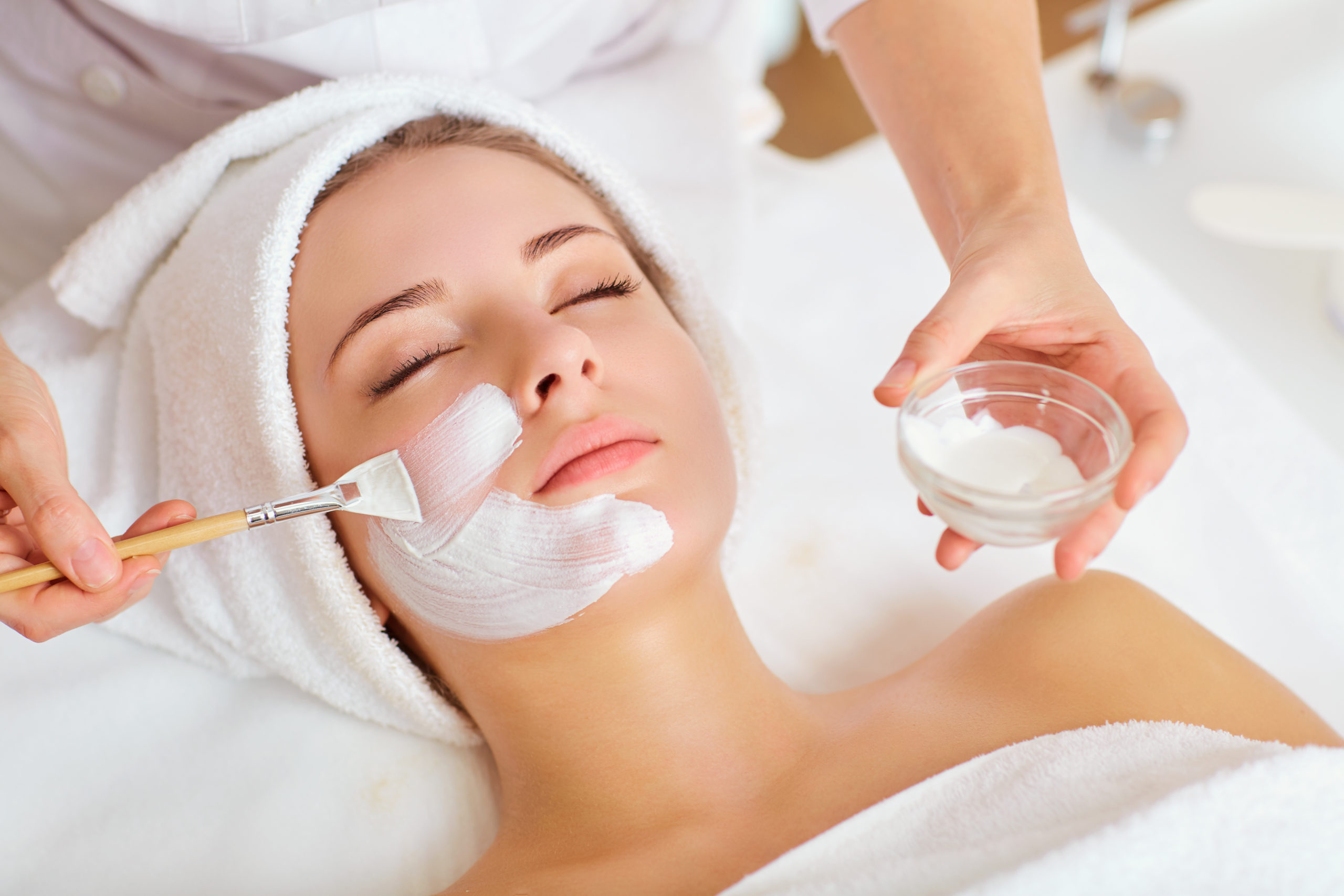Glycation 101: Protect Your Collagen This Winter (Chappaqua, NY)
Disclaimer: I’m not a dietician and this is not medical advice. Nutrition notes are general education—please consult your healthcare provider for personal guidance.
Glycation, simply explained
Glycation happens in the dermis (deeper skin). When there’s a lot of sugar circulating in the body, some of it binds to skin proteins like collagen and elastin. Over time, this creates advanced glycation end products (AGEs)—tiny “sugar cross-links” that stiffen those proteins so they can’t stretch and bounce back.
Bottom line: more sugar spikes → more AGEs → stiffer collagen, less elasticity, more inflammation and dullness. Keeping blood sugar steadier helps protect your skin’s structure.
Key drivers of glycation
-
Frequent sugar spikes / high added sugar → more “fuel” for AGEs
-
Oxidative stress from UV, pollution, smoking → accelerates AGE formation
-
Dietary AGEs from high-heat cooking (frying, grilling, broiling)
-
Aging → slower repair/clearance of AGEs
-
Lifestyle strain (poor sleep, chronic stress, dehydration; minimal movement)
ADA Basics: What all healthy eating plans have in common
Informed food choices are essential to living well. Food fuels the body and is a key part of diabetes management. However, no matter what eating plan you follow, there are some basic guidelines that apply across the board.
-
Non-starchy vegetables as a foundation for the plate
-
Lean proteins and plant-based sources of protein
-
Quality carbohydrates like starchy vegetables, fruits, whole grains, and low-fat milk
-
Less added sugar
-
Healthy fats
-
Less processed foods
-
Water or zero-calorie beverages
If you’re managing diabetes or any medical condition, please consult your healthcare provider for personalized guidance.
10 lifestyle shifts that reduce glycation
-
Post-meal movement (only activity tip): 10–15 minutes of easy walking smooths glucose spikes.
-
Consistent sleep (7–9 hrs).
-
Daily stress care (brief breathwork/quiet time).
-
Quit smoking/vaping to protect microcirculation & collagen.
-
SPF 30+ year-round (face/neck/hands).
-
Humidify + lukewarm showers to curb winter TEWL.
-
Smart skincare pacing: avoid over-exfoliation; favor enzymes + barrier-friendly actives.
-
Shield from thermal extremes (wind/space heaters; scarves + balms).
-
Hands-off habit: reduce friction from hats/scarves; keep nails short.
-
Low-friction textiles: silk/satin pillowcases, smooth sheets, soft towels; pat-dry after cleansing.
Why I recommend Korean facials to treat glycation
Korean protocols let us counter “glycation stiffness,” restore bounce, and protect your barrier by layering:
-
PLLA (Poly-L-Lactic Acid) — Topical PLLA gradually settles in follicles and stimulates your own collagen production over time for a tighter, plumper look, improved texture/elasticity, and softer fine lines.
-
Cold plasma — Calms and clarifies the surface, creating an ideal environment so PLLA and hydrators perform better.
-
EMT (electromuscular toning) — A gentle “muscle workout” that lifts, tones, and tightens contours, complementing PLLA’s collagen boost.
Needle-Free Filler Facial (requestable) — $249
A PLLA-forward Korean treatment that pushes PLLA deeper into the skin non-invasively in a calming, gentle session layered with cold plasma and EMT. The result: smoother texture, softer feel, and a plumper, more lifted look now, with progressive firmness as collagen builds. It drives PLLA deeper—non-invasively, calmly, and gently—leaving skin smooth, soft, and visibly plump.
Book in Chappaqua:
-
Korean Facial (Level 1)
-
Request “Needle-Free Filler Facial ($249)” in notes
Home care to support results (Ogham)
-
CaviPlla Serum (PLLA): collagen-support and plumping
-
Supercharged Serum: humectant-rich hydration for a supple barrier
-
Luminosity Serum (retinoid): refine texture 2–3 nights/week in winter; buffer with moisturizer and reduce frequency if you feel tight
Quick checklist (save this)
-
Vitamin C AM, gentle retinoid PM (pace actives; protect barrier)
-
Hydrate → seal to reduce TEWL (serum, then oil/cream)
-
SPF daily, even in winter
-
One short walk after a meal (most days)
-
Low-friction textiles and pat-dry towels
FAQs
What exactly are AGEs in skin?
Advanced glycation end products—sticky cross-links that form when sugars attach to proteins like collagen, making them stiffer and less elastic.
Can skincare reverse glycation?
Topicals can’t “un-crosslink” AGEs, but barrier-smart care and collagen-supporting treatments (PLLA + cold plasma + EMT) can reduce the look of stiffness, improve texture, and support healthier remodeling.
Is glycation only a sugar issue?
Sugar spikes are a major driver, but oxidative stress, high-heat cooking, poor sleep, and chronic stress also accelerate it.
What’s TEWL and why do I care in winter?
Trans Epidermal Water Loss is moisture escaping into dry air. Winter heat + wind increase TEWL—layer hydrating serums, then seal with an oil/cream.
Who benefits most from Korean facials with PLLA?
Anyone seeing dullness, early laxity, or fine lines—especially in dry, cold months.
Local notes & next steps (Westchester/Chappaqua)
I see clients from Chappaqua, Bronxville, and across Westchester who want barrier-first, anti-glycation care. If you’re unsure where to start, book a consult and I’ll map your first 6 weeks.

